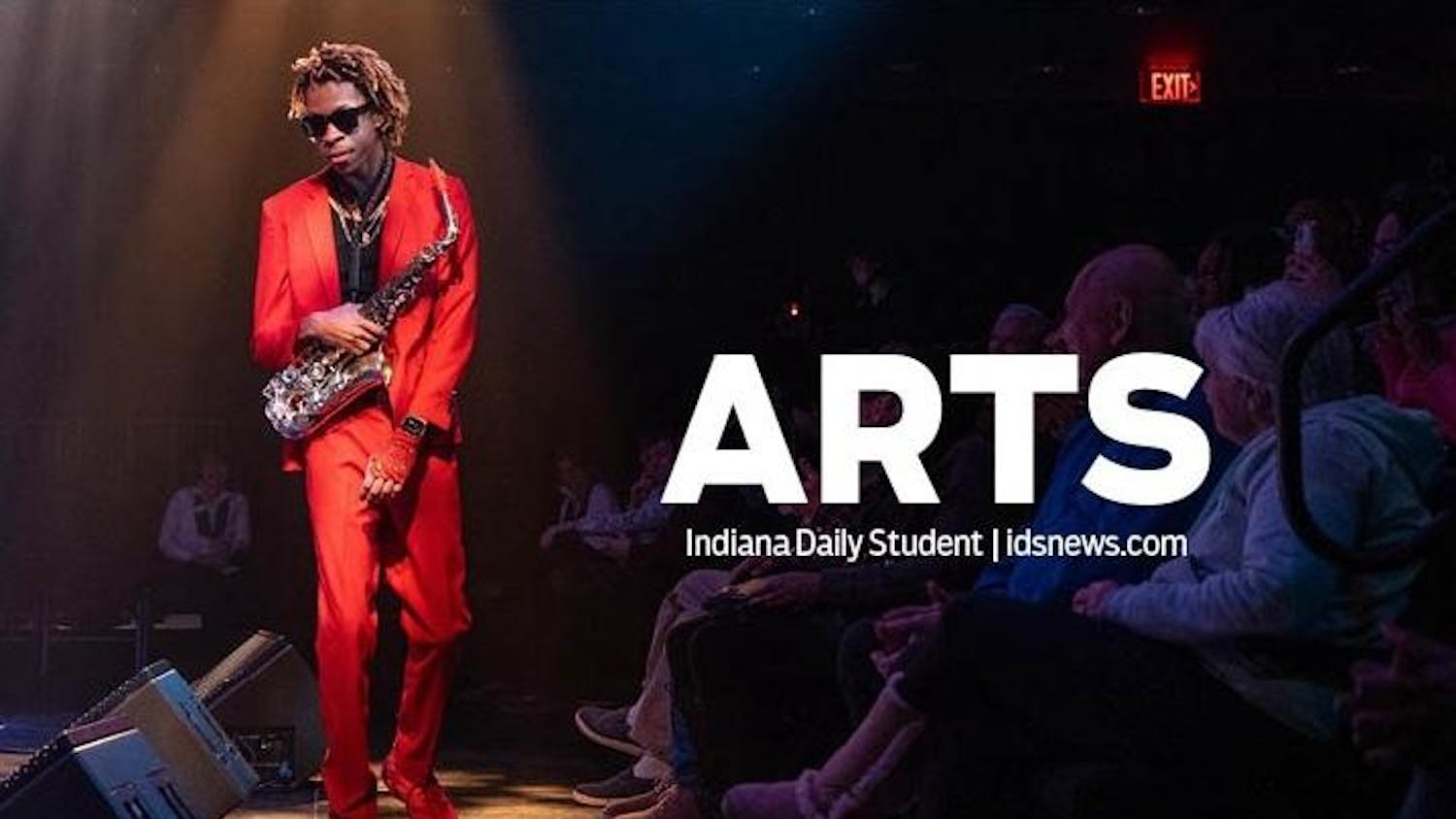A recent study by the U.S. Bureau of Economic Analysis and the National Endowment for the Arts study showed that in 2011, two years after the end of the Great Recession, gross income accumulated from arts and cultural production accounted for 3.2 percent of the GDP, or about $504 billion.
This was the first in-depth analysis of arts and cultural production’s impact on GDP.
Michael Rushton, director of the arts administration programs at the School of Public and Environmental Affairs, worked on an advisory panel created by the NEA and gave NEA members advice while they worked with the Bureau of Economic Analysis on the study.
Rushton said he believes the study was prompted by an increasing interest in the arts and culture as a generator of jobs and income.
In a town like Bloomington, he said, arts and culture are important catalysts in the local economy.
“If you take institutions like the Jacobs School of Music, that one school was an important part of the whole economy in terms of the amount of production,” Rushton said. “When you think of the number of people who work there and the number of students who go through there, that’s a huge arts institution.”
The study showed that during the recession, specifically between 2007 and 2009, the economy as a whole struggled and arts industries were hit particularly hard.
Adelheid Gealt, director of the IU Art Museum, said although it’s hard to say exactly how the recession affected the economy in Bloomington, the art community felt the cuts.
“Cutbacks in government spending on the NEA and National Endowment for the Humanities meant fewer grants coming to Bloomington,” Gealt said. “That, in turn, meant less money. Also, endowments dropped, meaning income from them was less.”
While dips were significant — arts and cultural production went from accounting for more than 3.7 percent of the GDP in 2004 to less than 3.2 percent in 2009 — the arts sector of the economy is slowly rebounding.
One of the top commodities that accounted for arts and cultural production output, according to the study, was arts education.
Arts education, including fine arts schools and academic performing arts and fine arts departments, brought in more than $100 billion in 2011, making it the second highest-earning commodity in arts and cultural production behind creative content advertising.
Rushton said the inclusion of arts education in this study, as well as its high economic performance, is good news for a town like Bloomington.
“If you think of all the cultural events, all the arts education, all the people who work in the arts on this campus — it’s huge,” he said. “It’s nice to know that that’s being included in here as part of the measure of what the arts are.”
Rushton said the arts and cultural environment that exists in Bloomington, largely thanks to IU, could play a significant role in the economic development of the town due to the kind of people it attracts.
“Most participation in the arts — people who go to the theater, people who visit the art museum, people who go to the symphony — tend to be people who are highly educated,” he said. “They tend to be higher income people. When you’re attracting people who really like the arts scene, often it is the people who bring in high incomes and actually bring in jobs.”
But outside of economic aspects, Rushton said a vibrant arts and culture scene can be a deciding factor in where people choose to live.
“The arts make cities into places where people want to live,” he said. “We can see the impact of the arts of this University on the city of Bloomington. It’s one of the major things that makes people want to live here.”
Rushton emphasized, however, that this study shows arts and cultural production is starting to rise after a fairly substantial decline. While it’s headed in the right direction, he said only time will tell if arts and cultural production can reach its proportions prior to the recession.
“Employment numbers really took a huge dip with that recession, and it’s still climbing out of it,” Rushton said. “People are hopeful, but it’s still got a ways to go. We’re still in a troubled economy. We’ll just have to wait and see how we come out of that.”
Follow reporter Carolyn Crowcroft on Twitter @carol_crowcroft.
Study reveals art’s effect on GDP

Get stories like this in your inbox
Subscribe





